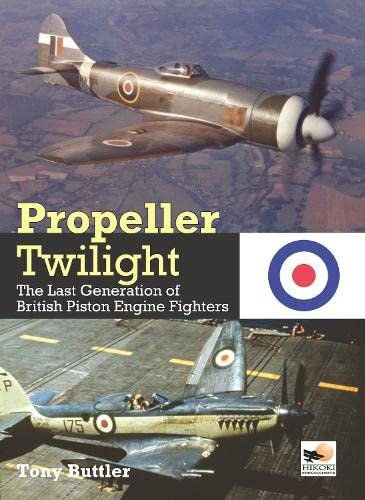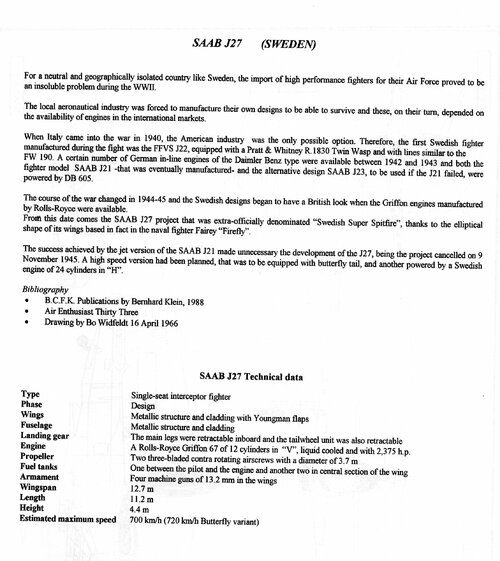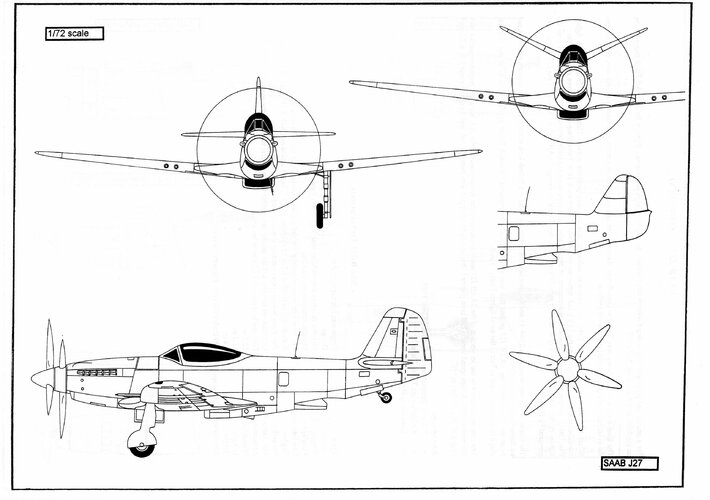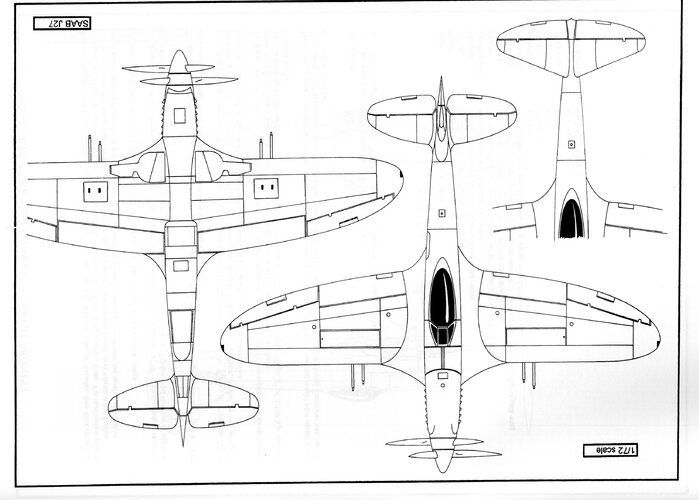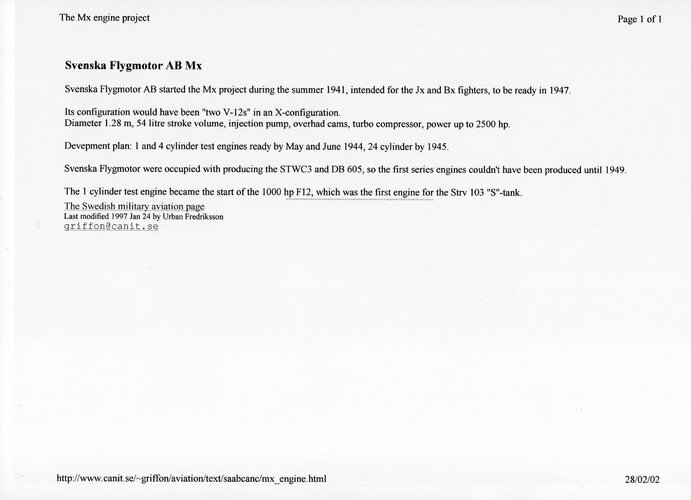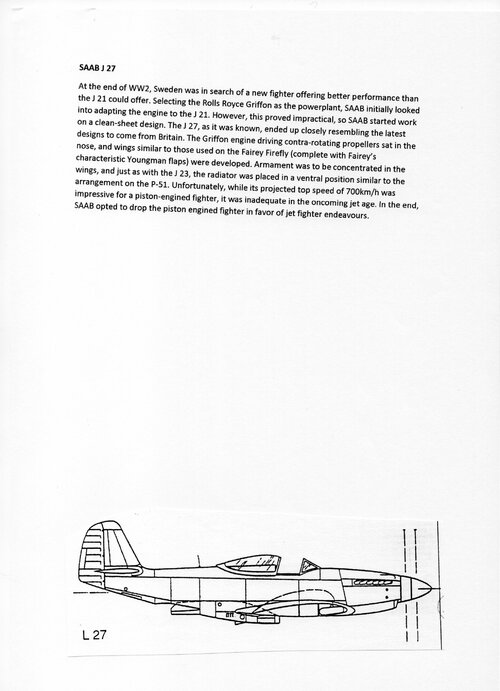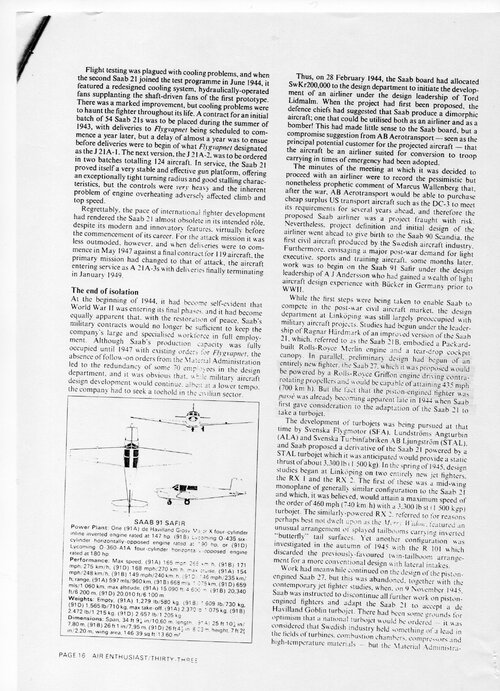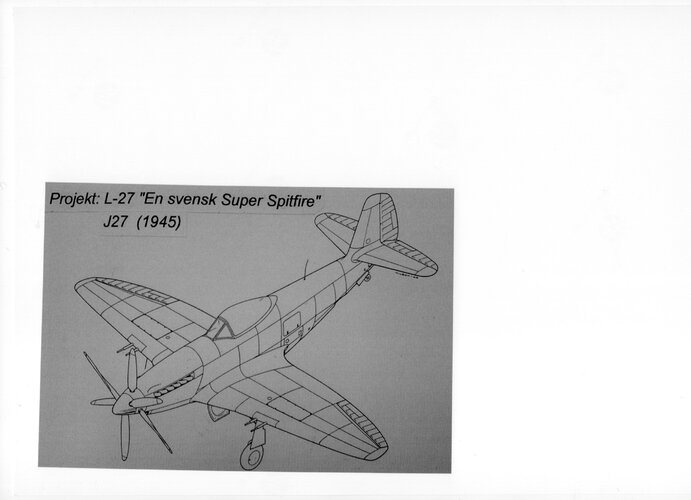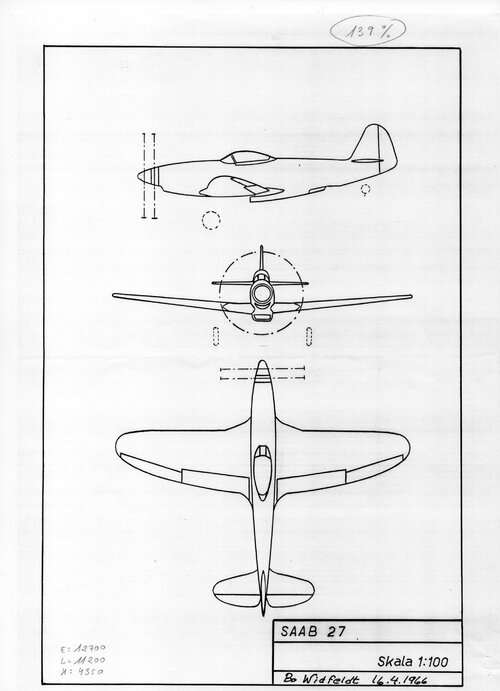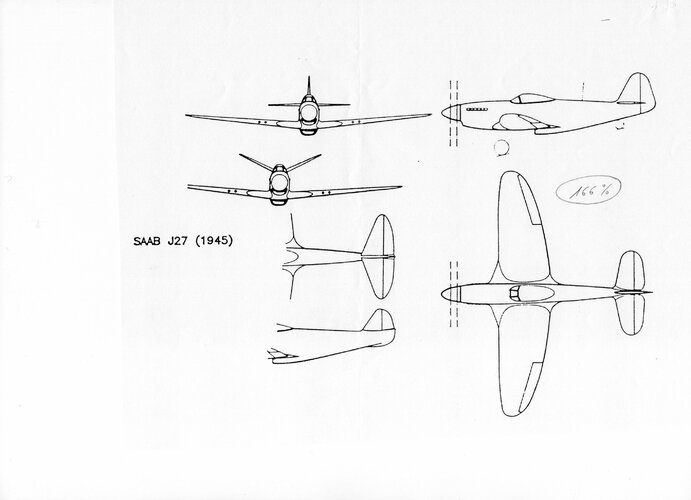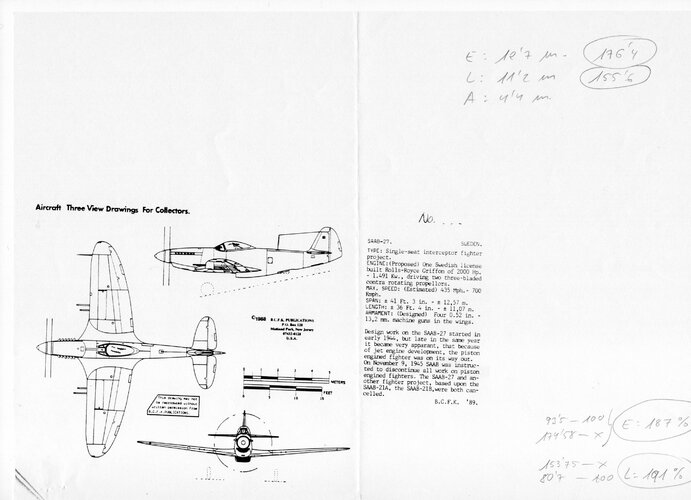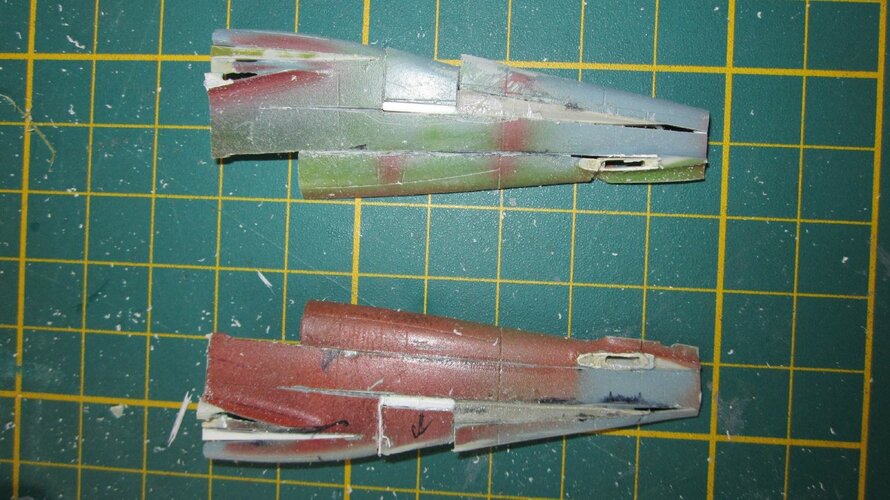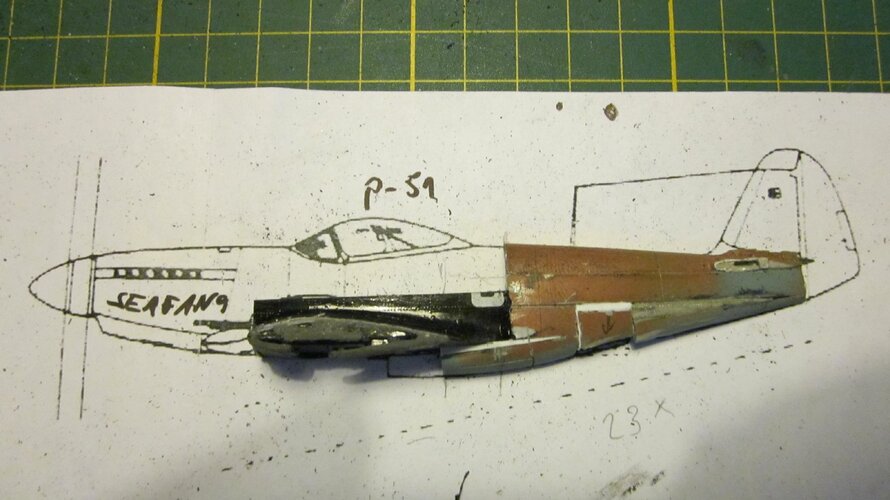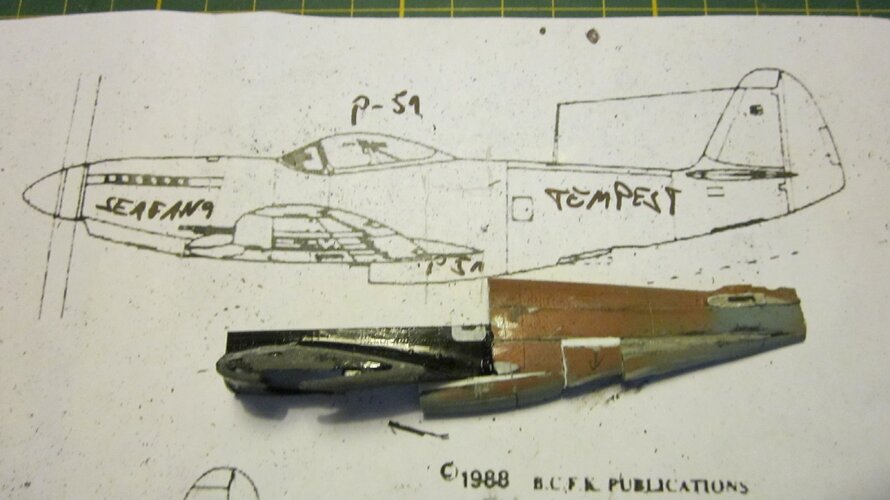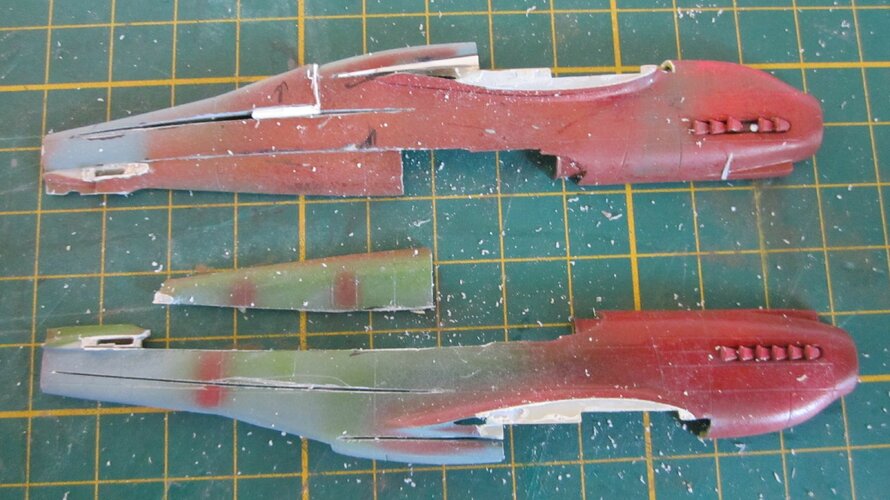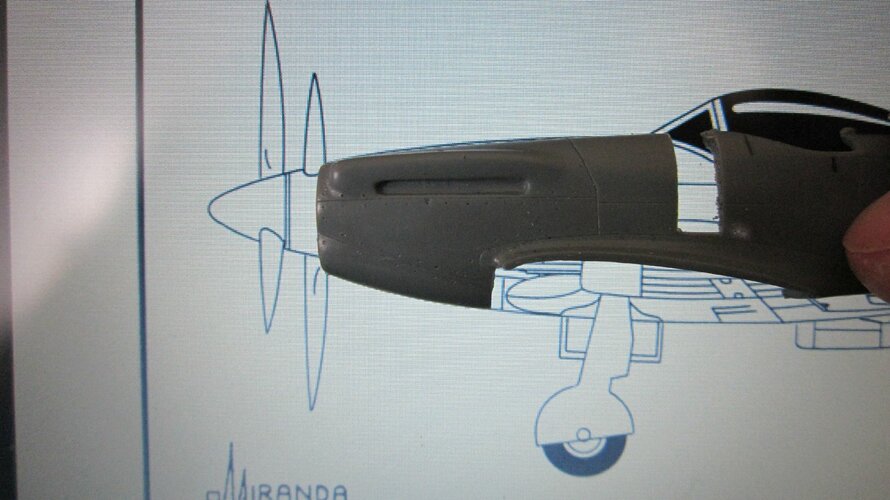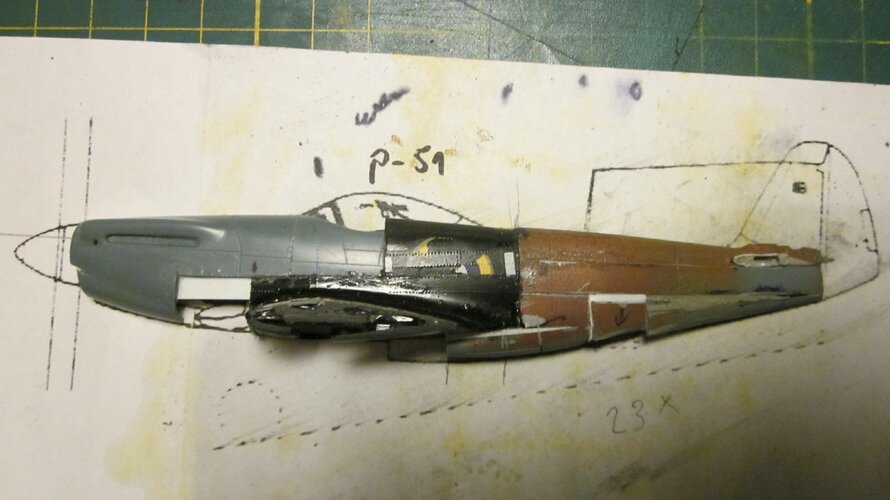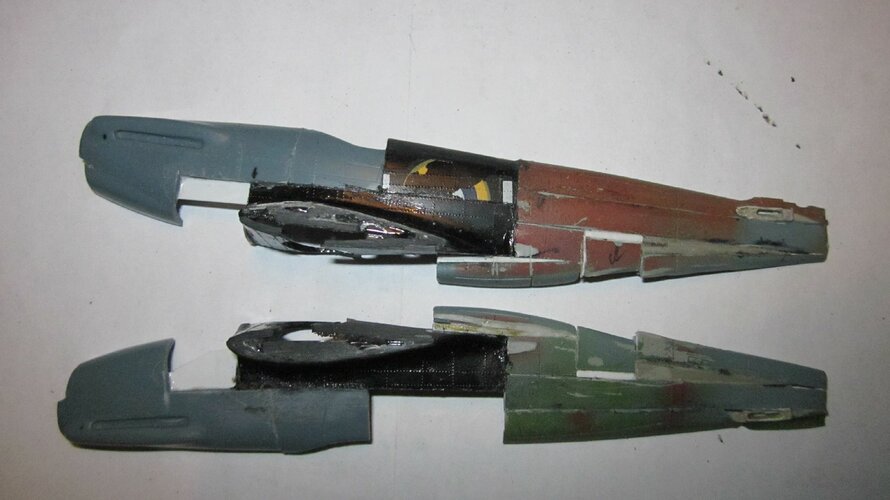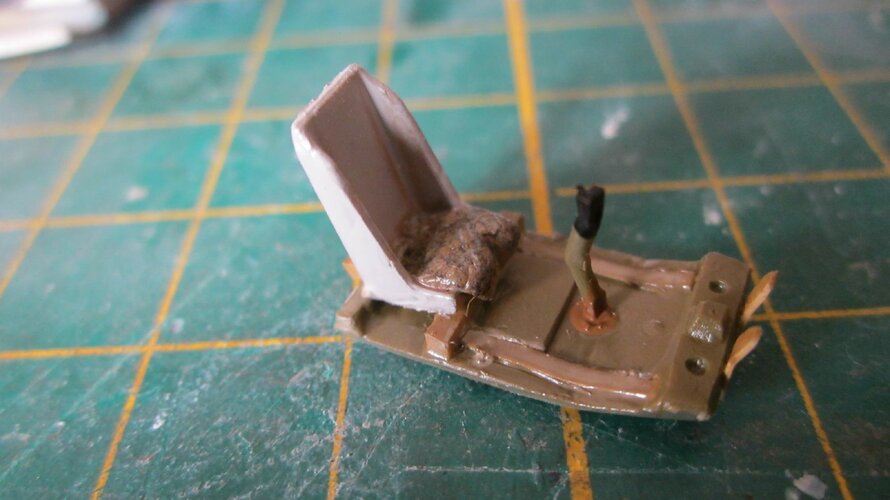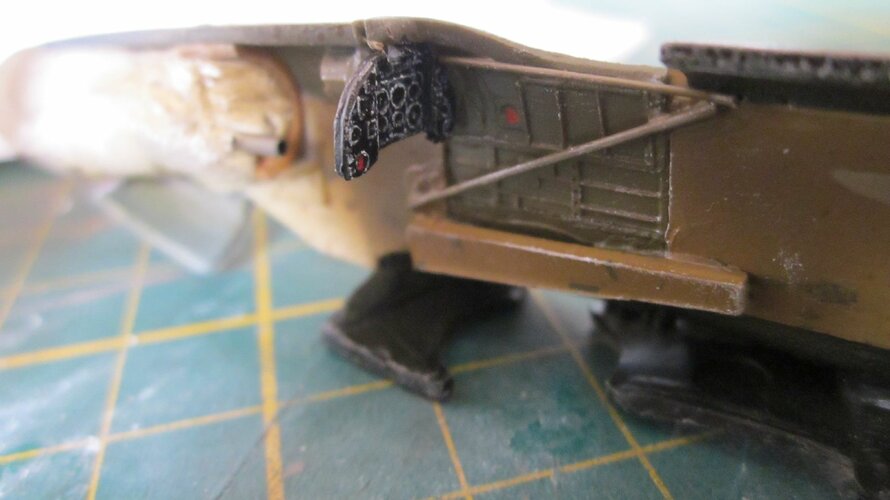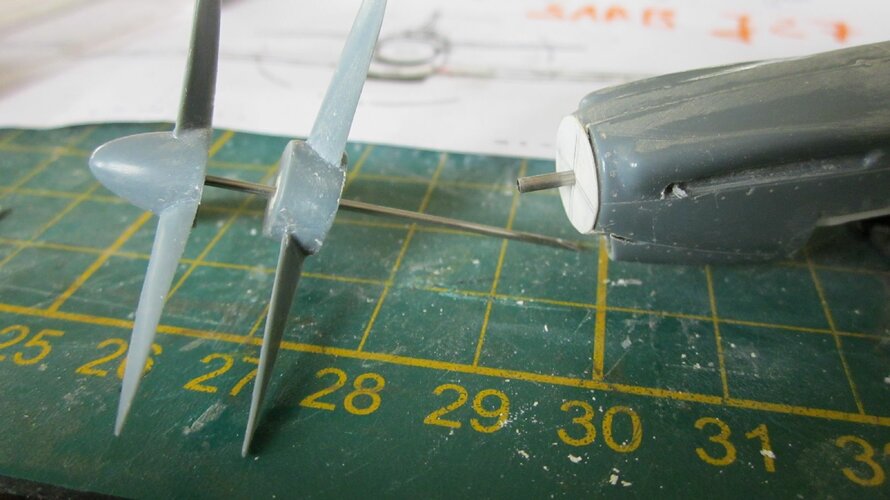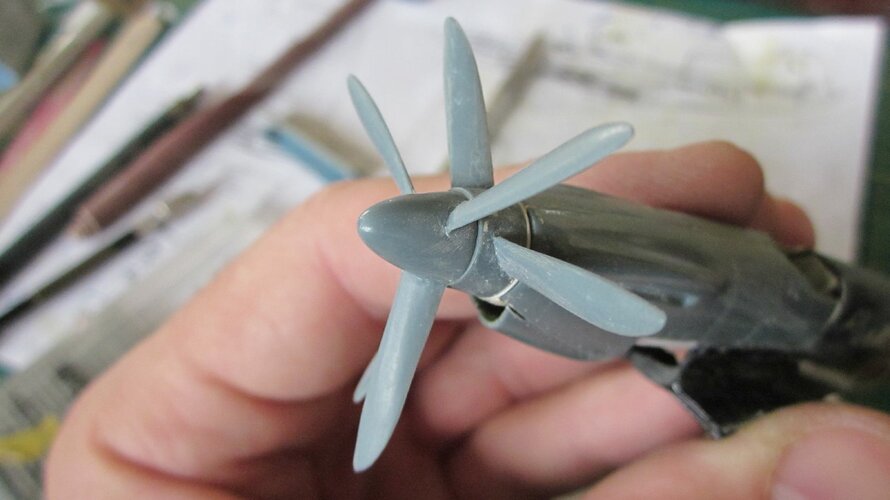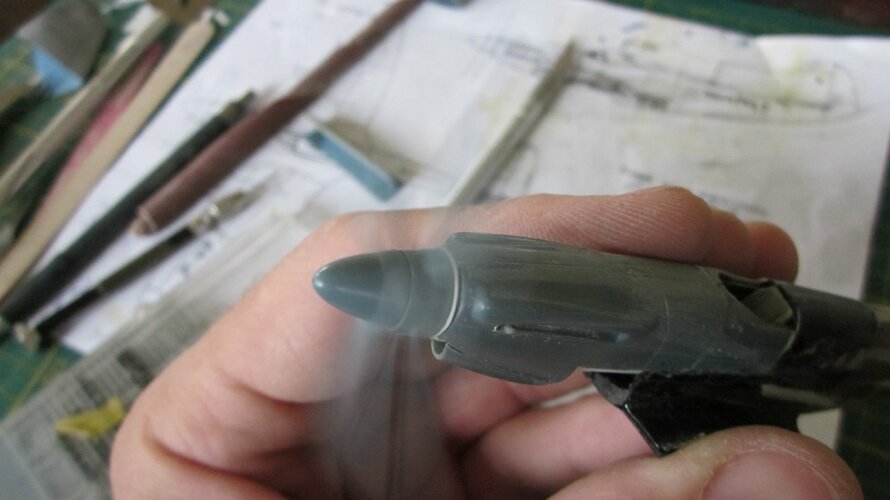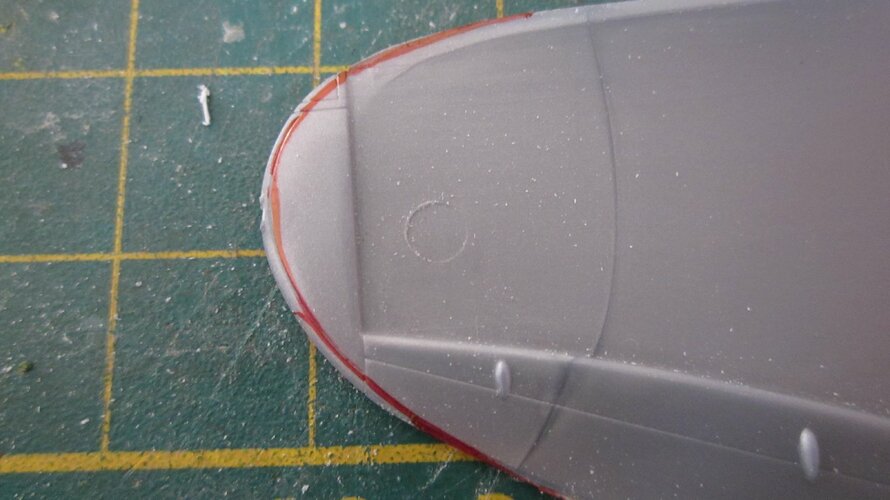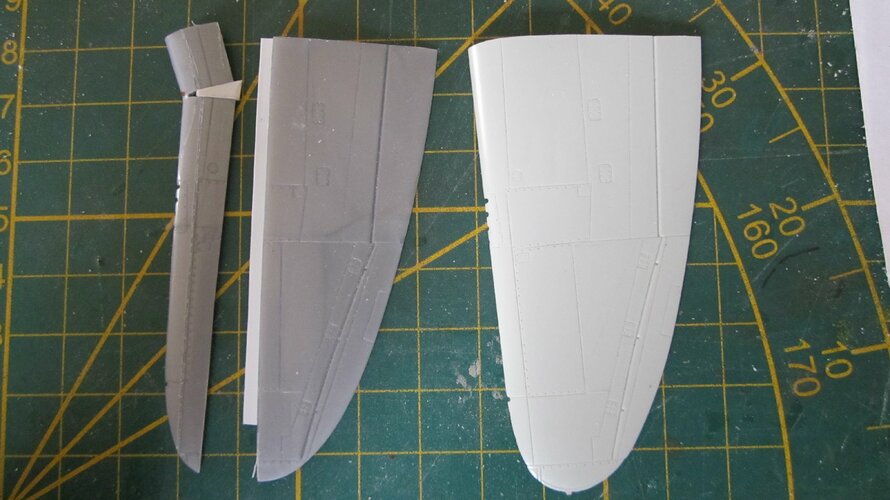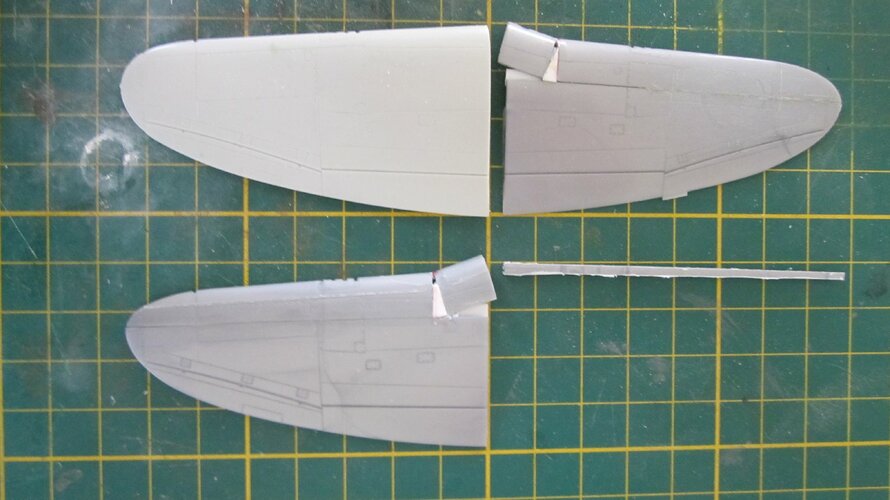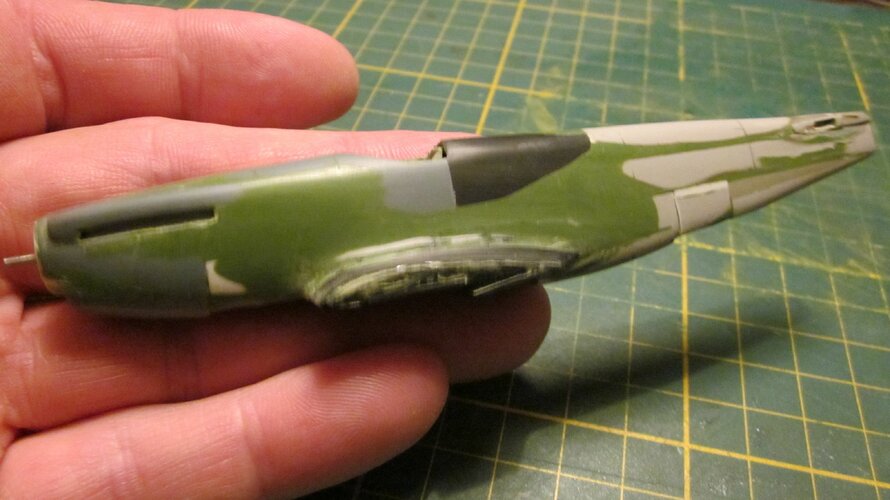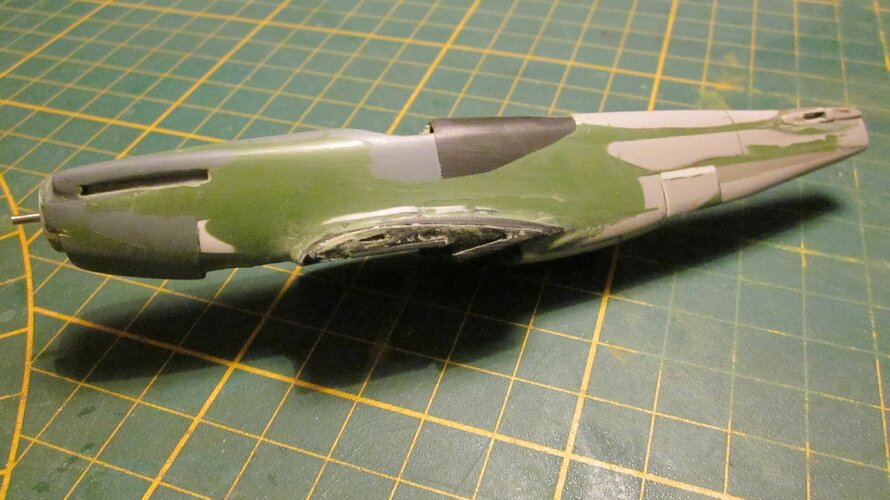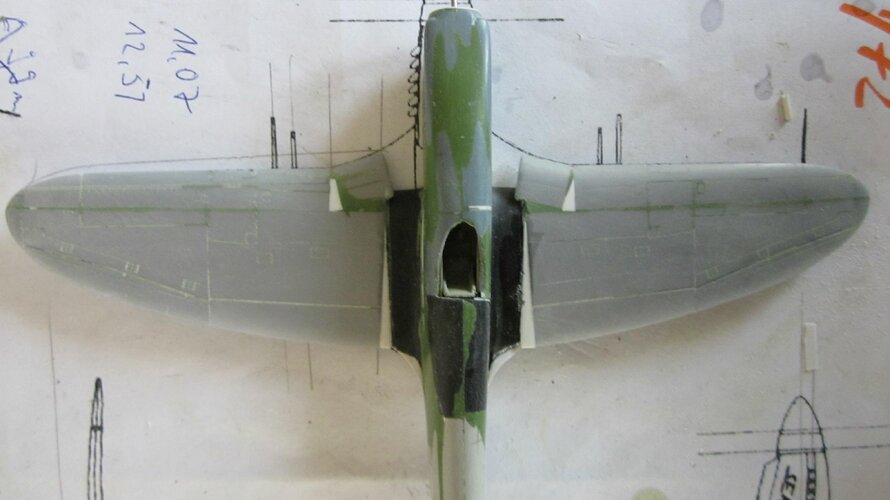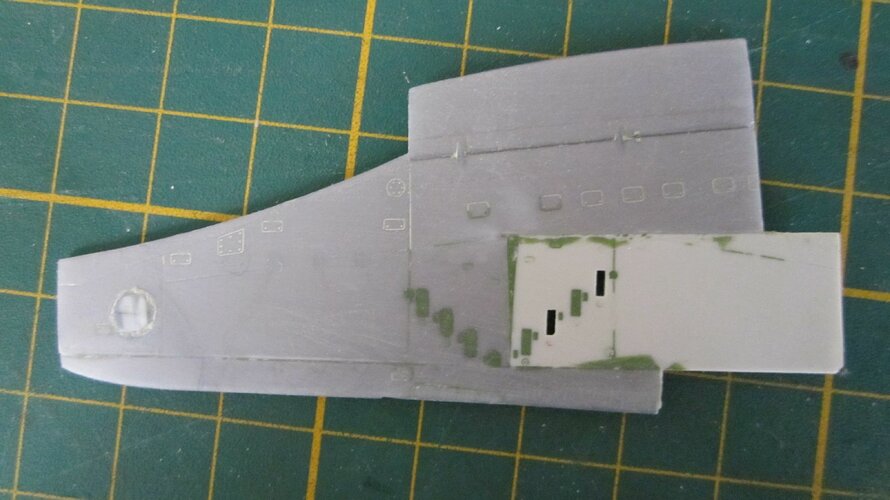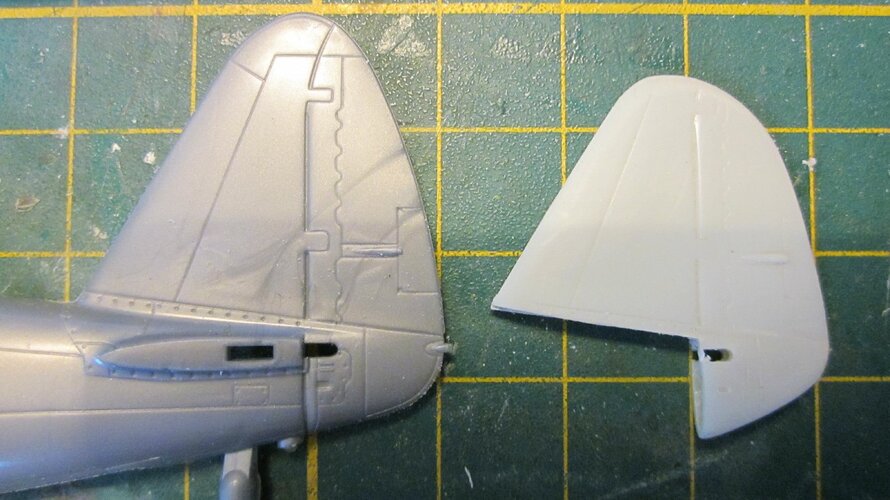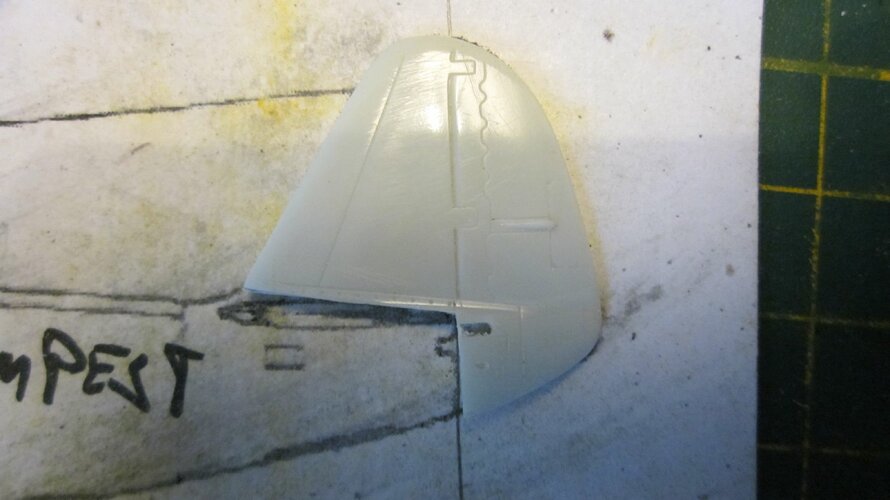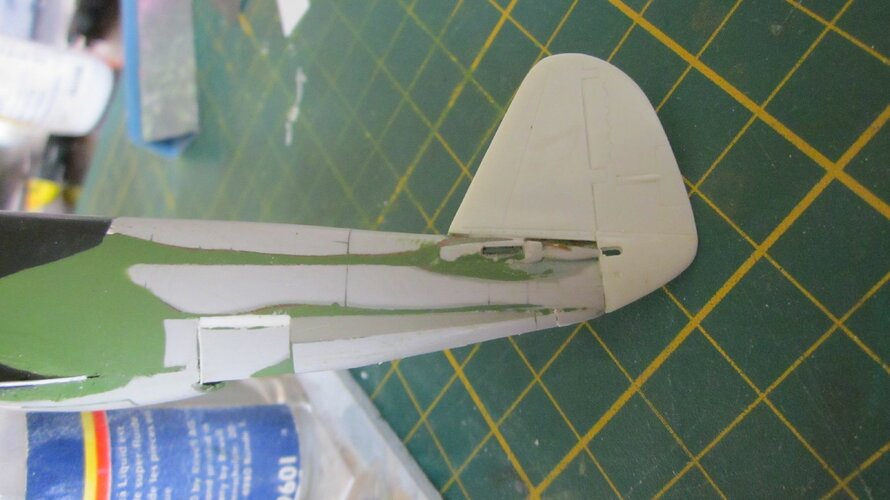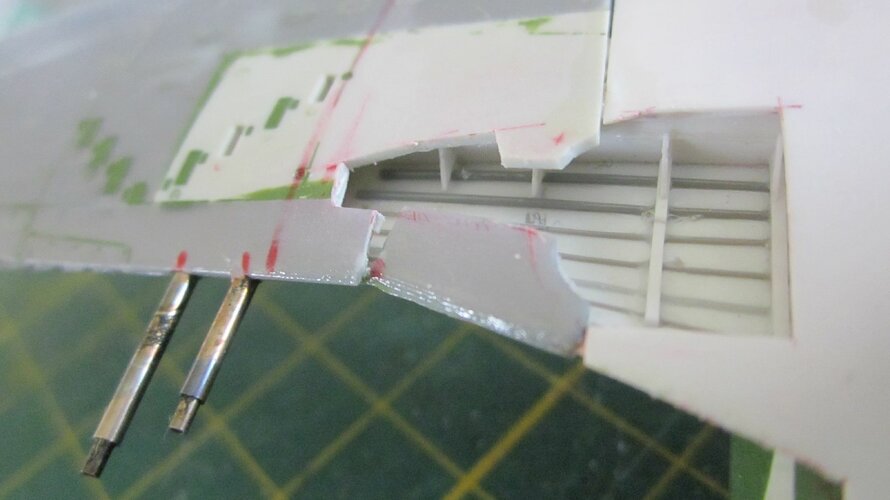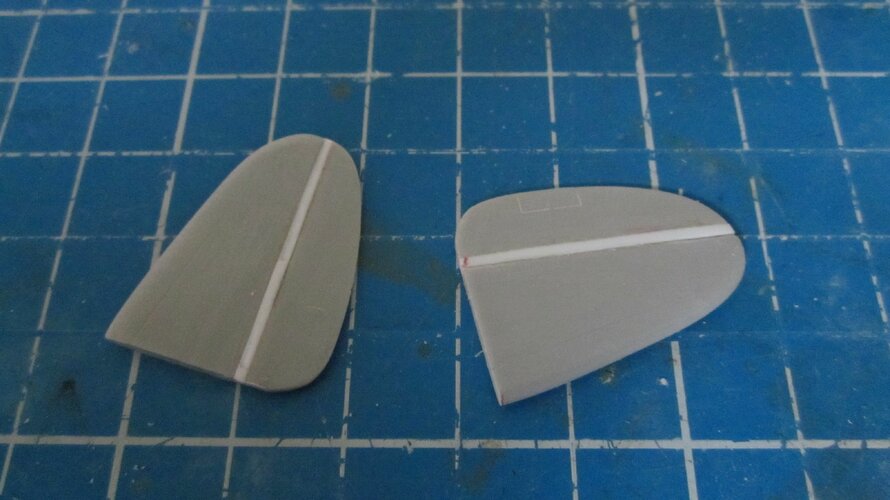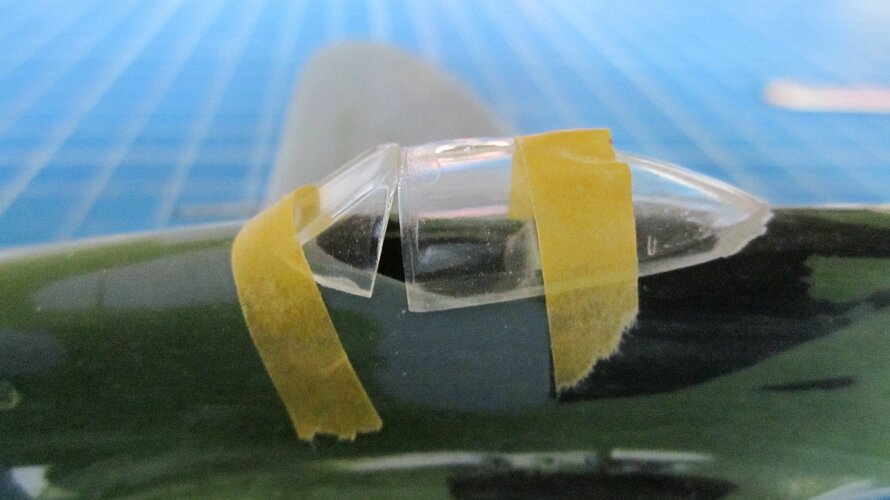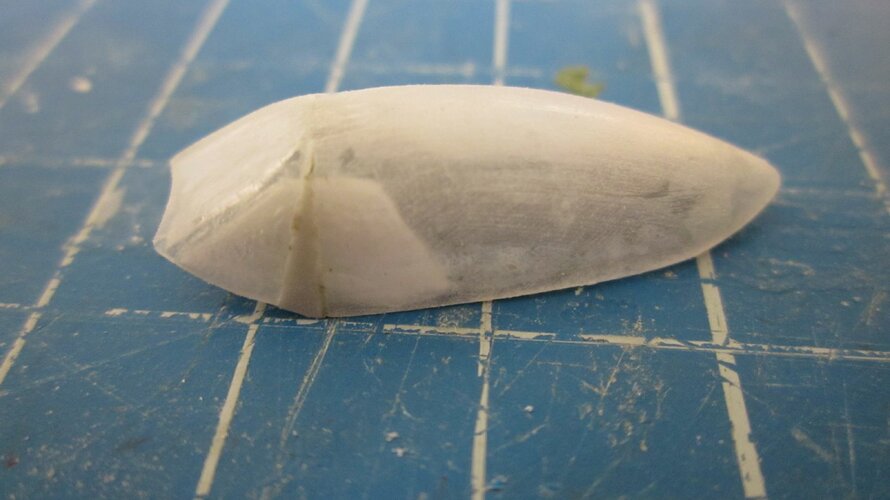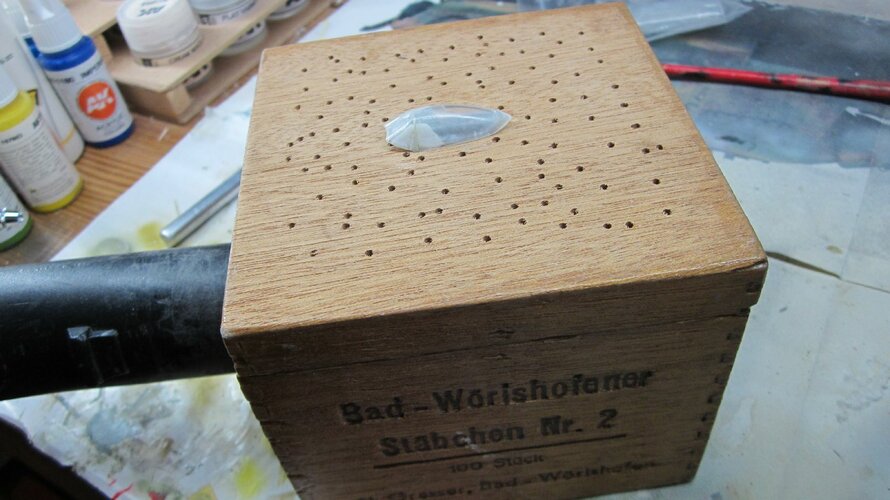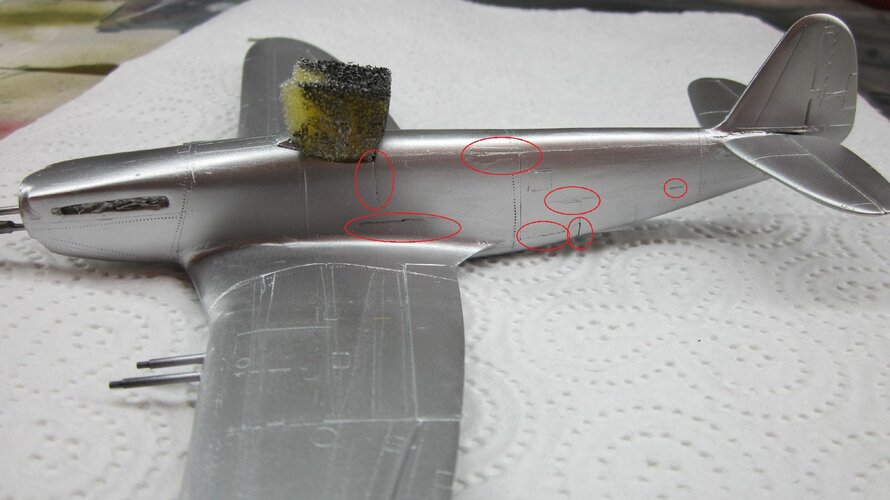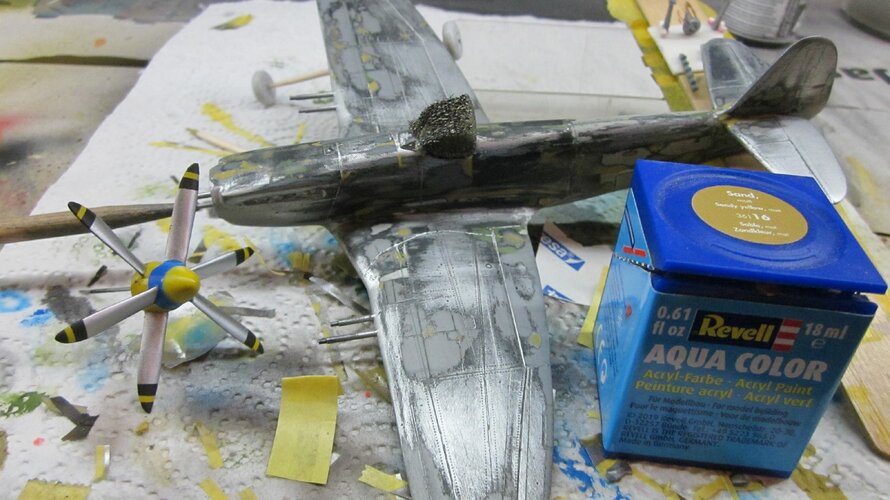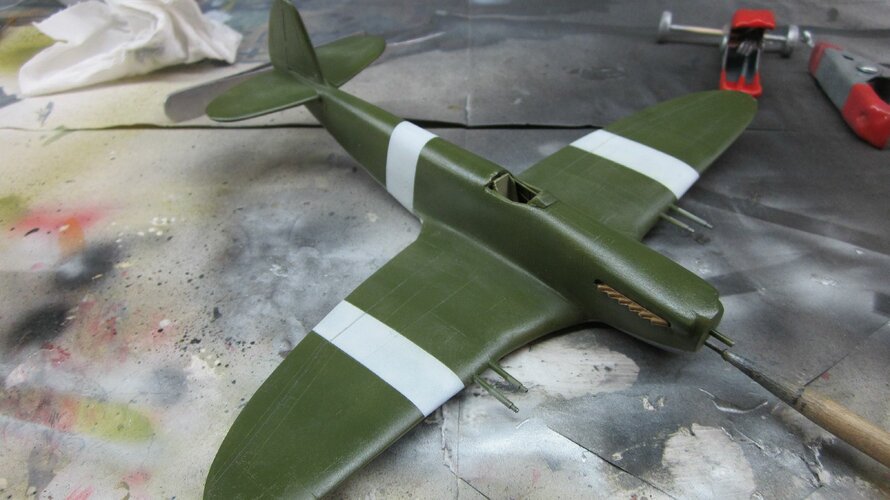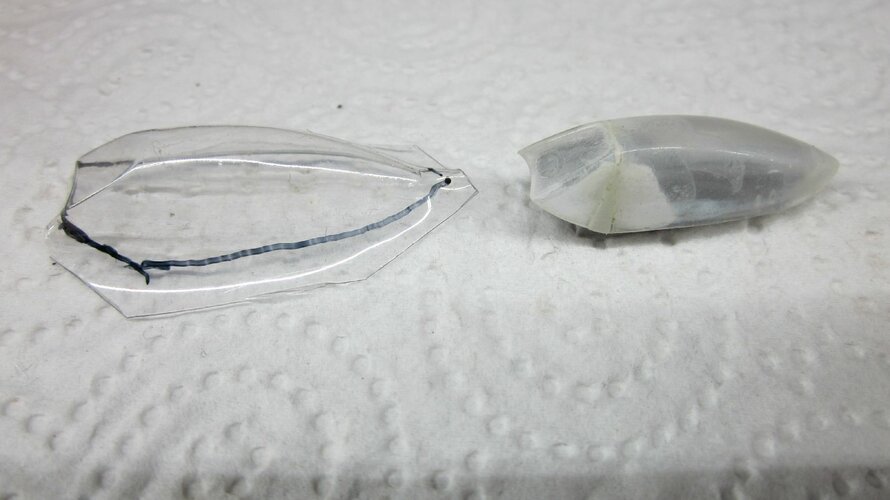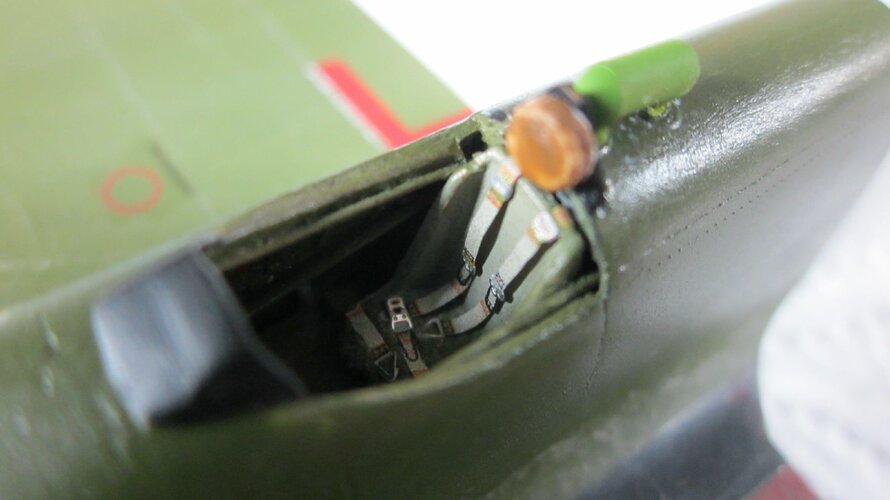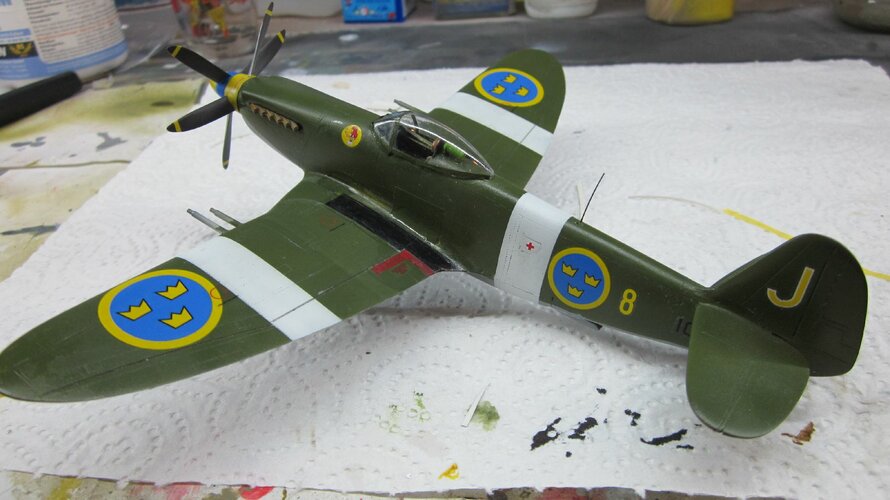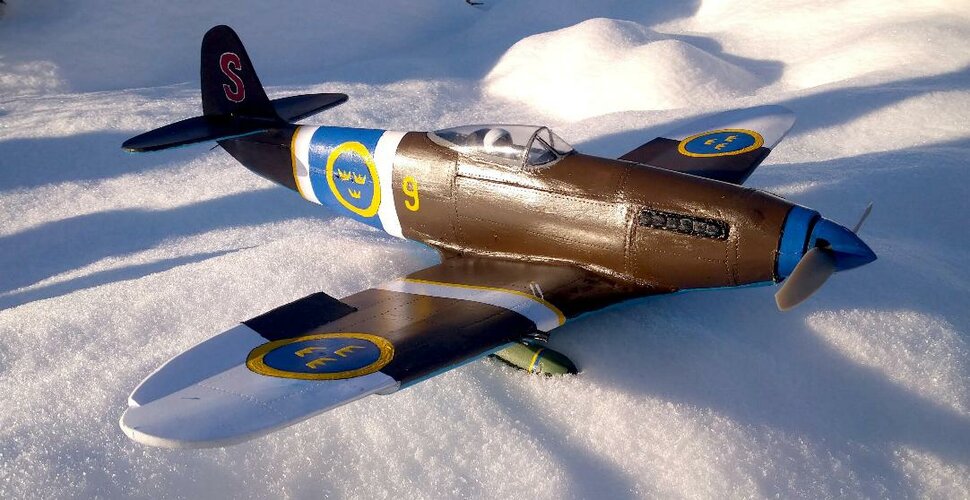Wurst
ACCESS: Restricted
- Joined
- 19 September 2019
- Messages
- 30
- Reaction score
- 152
Hello everyone and welcome to my first construction report in this round!
Saab was working on a high-performance fighter at the end of World War II. The aim was to exceed the performance of the Saab J-21. Initially the idea was to install the RR Griffon engine in a J-21 - but it didn't work out. So the aircraft was completely rethought and (on paper only) a mixture of Spitfire and Mustang was created. The Griffon engine was intended to drive counter-rotating propellers. Since the jet age had dawned, there wasn't even a prototype.
So that everyone knows what it's about:
https://www.secretprojects.co.uk/threads/swedish-project-saab-l27.3400/
Chic, isn't it?
As written in the title, this construction site is a full scratch because unfortunately there is no kit.....
When looking for suitable parts to build the Saab L27/J27, I found out that the wings of the P47 and tail parts fit well with a few changes. The wings of the Hawker Tempest also fit from the outline, but have a gull wing. Even the control surfaces (of the P47 wings) are laid out similarly.

The outer wings are almost identical to those of the Thunderbolt, as is the horizontal stabilizer. For me, the Rolls-Royce Griffon with the counter-rotating propellers is the only parallel to the late Spitfire. The plane will be a little bigger than a P 47. It's unbelievable how well the P-47 surfaces fit. The hull comes from a Boulton Paul Defiant, the engine and propeller will come from a Supermarine Seafang. I sawed the air inlet on the lower fuselage from an NA P-51 A, re-drawn the canopy from a modified P-51 D, scratched the landing gear putty and plastic card do the rest.,. It is going to be a party!
Saab was working on a high-performance fighter at the end of World War II. The aim was to exceed the performance of the Saab J-21. Initially the idea was to install the RR Griffon engine in a J-21 - but it didn't work out. So the aircraft was completely rethought and (on paper only) a mixture of Spitfire and Mustang was created. The Griffon engine was intended to drive counter-rotating propellers. Since the jet age had dawned, there wasn't even a prototype.
So that everyone knows what it's about:
https://www.secretprojects.co.uk/threads/swedish-project-saab-l27.3400/
Chic, isn't it?
As written in the title, this construction site is a full scratch because unfortunately there is no kit.....
When looking for suitable parts to build the Saab L27/J27, I found out that the wings of the P47 and tail parts fit well with a few changes. The wings of the Hawker Tempest also fit from the outline, but have a gull wing. Even the control surfaces (of the P47 wings) are laid out similarly.
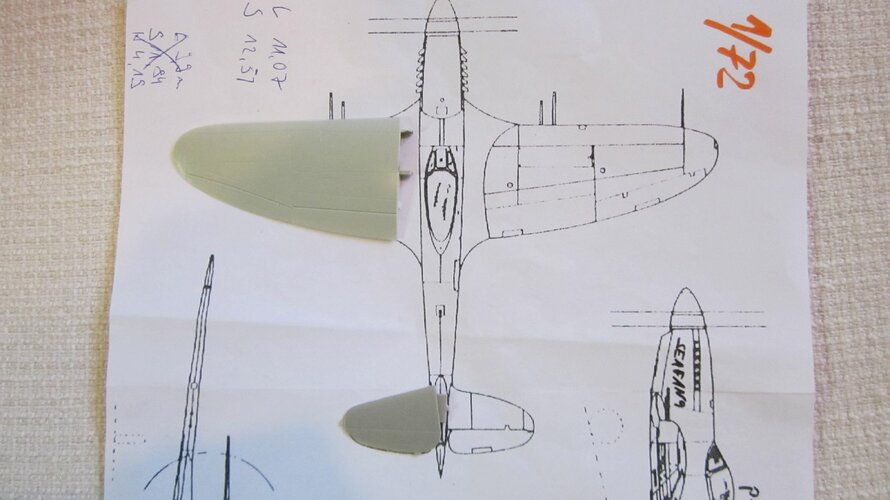
The outer wings are almost identical to those of the Thunderbolt, as is the horizontal stabilizer. For me, the Rolls-Royce Griffon with the counter-rotating propellers is the only parallel to the late Spitfire. The plane will be a little bigger than a P 47. It's unbelievable how well the P-47 surfaces fit. The hull comes from a Boulton Paul Defiant, the engine and propeller will come from a Supermarine Seafang. I sawed the air inlet on the lower fuselage from an NA P-51 A, re-drawn the canopy from a modified P-51 D, scratched the landing gear putty and plastic card do the rest.,. It is going to be a party!
Last edited:

